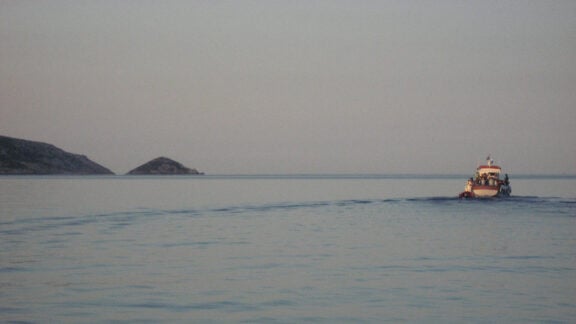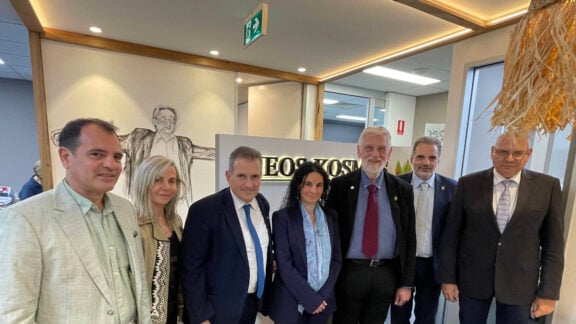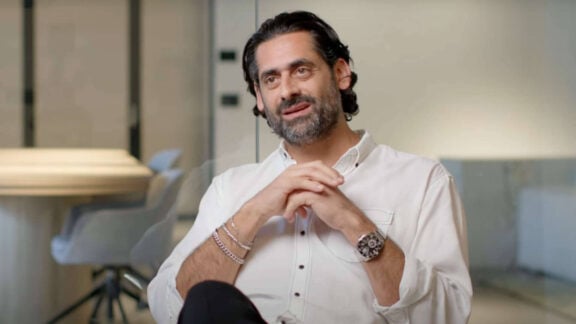The United States’ new tariff policies are already poised to affect several interconnected areas—international trade, financial market stability, and institutional risk management. President Donald Trump’s announcements mark a significant departure from decades of bipartisan support for liberal free trade across the Western world.
Those radical Austrians
Just as a way of providing some context let’s time-machine back to the Austrian School of Economics, in Vienna founded in 1871. These radical new economists viewed economies as driven by individual choices.
They challenged classical economics and statist mercantilism – which were played as zero-sum games. The state – capitalist, socialist, fascist, tyrannical or democratic – intervening in the economy limited, the market’s capacity to efficiently meet people’s choices. It also limited choice and access to goods and services. State intervention, needed to rebuild world depleted and destroyed by global war 1949 also ignited problems. Mainly, deeper and longer recessions, hyperinflation, eating up people’s incomes, higher taxes, and cycles of unemployment and greater welfare dependency across the west by the 1970s.
The Austrians’ Modern Monetarist Theory (MMT) saw value as subjective—something is only worth what someone is willing to pay. Its leading thinker, Friedrich Hayek, won the Nobel Prize in 1974 and influenced Milton Friedman from the Chicago School of Economics. Their views challenged the static notions of the economy, the need to have currency linked to gold or silver reserves and what were by the 1970s bloated, inefficient, and inflation-prone welfare states. Worse, extreme supply-side nationalist economic theories that cause mass poverty and starvation in developing nations.
MMT suggests that countries—which control their own money—don’t need to worry about running out of money the way a household or business might. Because governments can print their own currency, they don’t need to rely on taxes or borrowing to pay for things. They can spend as much as they need to support the economy. The real limit is inflation—not debt, or budget deficits.
Economic liberalisation freed many
MMT influenced political leaders grappling with stanflation and perpetual downturns in the 1970s across political lines—Margaret Thatcher in the UK, Ronald Reagan and Bill Clinton in the US, and Bob Hawke and Paul Keating in Australia. A global wave of economic liberalisation reduced state intervention and helped spark the rise of Asian economies like Singapore, then China, Vietnam, and now, India –and with them, a massive new middle class is with high skills, more money, and consumer choices than ever before.
Poor preindustrial nations, reliant on subsistence farming and price controls, soon were making electronic goods, now most of all that we consume. MMT was a natural way to meet global market gaps and demands. While cars are made across Korea, China, or Mexico – we in the west saw tremendous tech innovation and services growth. In turn, new middleclass people in Asia and other pre-industrial markets, were growing wealth, health, and access to new goods and services from the old industrial world, United States, EU and– Australia.
Nationalist economics and mercantile muscularity
Few under 60 remember the Australia of the 1960s and 1970s—when local cars were clunky and costly, foreign brands were rare, and food and clothing options limited to what was made here. When a trip overseas could cost a year’s salary. The world has changed, and so too has the global economy—driven by ideas, innovation, trade, and personal choice. That was all since the 1980s until it seems last week when US President Donald Trump announced sweeping tariffs.
A new form of isolationist economic nationalism seems to be emerging in the world’s greatest economy, the United States. Something not seen since the mid-19th to early 20th century. A new form of statist mercantilism like in the 19th century, nations focused on trade balances rather than people’s access to global finance and globally produced goods and services. When unilateral, not multilateral deals were the norm.
The difference is we’re not in 1845 or 1905, it’s 2025 and we’ve spent the last 40 years integrating our economies on a global level. The charge has been led by the most technologically, economically and, militarily powerful nation on earth, the United States. Now, the leader, is abandoning an economic architecture they created.
Economic nationalism is the antithesis for a global free market and it seems to be President Trump’s worldview. The most powerful and wealthiest nation on earth, the United States, has, it seemed turned its back on global multilateralism and a belief in the free market. It’s massive, spoilt for choice, has the wealthiest consumers in the world. The move will no doubt impacted on as all of us.
Tariff-induced uncertainty and market dips
Persistent tariffs—especially if the United States maintains a hard-line stance—will generate uncertainty in global financial markets. They already have.
Investors, facing potential supply chain disruptions and a reordering of trade relationships, will no doubt adjust their portfolios. This could increase market volatility and drive down asset valuations. For pension and superannuation funds, which are heavily invested in long-term equities and bonds, such downturns might lead to short-term losses, even if the long-term fundamentals remain strong. Simply put, our super funds and pensions may become more vulnerable to devaluation.
Implications for super and pension funds
While our Australian super and pension funds are structured for long-term resilience, sharp market declines can have several effects:
Asset valuation and funding ratios: A drop in market valuations can temporarily reduce a fund’s net asset value and potentially affect its ability to meet future liabilities—especially if those liabilities aren’t adjusted to account for such fluctuations.
Investment strategy and diversification: Uncertainty could prompt fund managers to reassess asset allocation. They might shift towards more defensive investments or increase hedging strategies to manage risk.
Liquidity and solvency: If funds need to meet payout obligations or regulatory liquidity requirements, market dips could force them into more cautious liquidity management. This might make it harder to raise capital for innovation and future investments.
Australia, however, may be well-positioned—at least in the short run—to weather global disruptions thanks to our robust regulatory finance framework and institutional buffers.

Institutional strength – Keating’s legacy
Our regulatory system provides strong oversight, with measures in place to ensure capital buffers and enforce rigorous risk management protocols. This has made our super funds and major banks—many of which manage or support these funds—pillars of financial stability.
Thanks to the “Placido Domingo” of economics—former Labor Treasurer and later Prime Minister Paul Keating—we now have some of the largest super funds in the world. These institutions, along with the “Big Four” banks and other major investors, often hold diversified, global portfolios. Their reach allows them to absorb and diffuse shocks, including those arising from geopolitical tensions and sudden tariff hikes.
With prudent management, these institutions not only protect their stakeholders but also help maintain wider financial stability. This systemic resilience is crucial as we continue to pivot economically towards Asia and deepen our ties with regional trade blocs like ASEAN and APEC.
Regional shifts and comparative impact
US tariffs will reshape export markets and supply chains, particularly affecting Asian economies such as China, Japan, and Vietnam. But these nations are not what they were in the 1980s. Their economies are more mature, with domestic markets and middle classes driving demand.
Australia has long pivoted to Asia—policy foresight initiated by Keating and sustained by successive Labor and Coalition governments. Today, four out of every five dollars in our economy is generated through Asia. Our future is deeply tied to the region—through agriculture, minerals, education, finance, and technology transfers.
India, —liberal, democratic, and English-speaking—is becoming a bigger player and an essential partner and counterweight to China’s power in the region. As more nations diversify supply chains may align with regional trade agreements, we may find new growth opportunities, despite short-term to mid-term pain.
An in the end, a new beginning…?
Yes, US tariffs and resulting market dips introduce immediate risks—especially for super and pension funds. But with regulatory oversight and smart investment strategies, Australia’s financial system is well equipped to handle the shocks.
As the global economy continues shifting towards dynamic regions like ASEAN and APEC, our challenge will be to manage these transitions while seizing new opportunities. Navigating this next phase will require steady hands—and sharp minds—to protect our prosperity and sustain our growth.
*Fotis Kapetopoulos is a senior journalist for Neos Kosmos and former political adviser; Tony Anamourlis is a tax law specialist in multi-national transactions, negotiating with the Commissioner of Taxation and other regulators.









